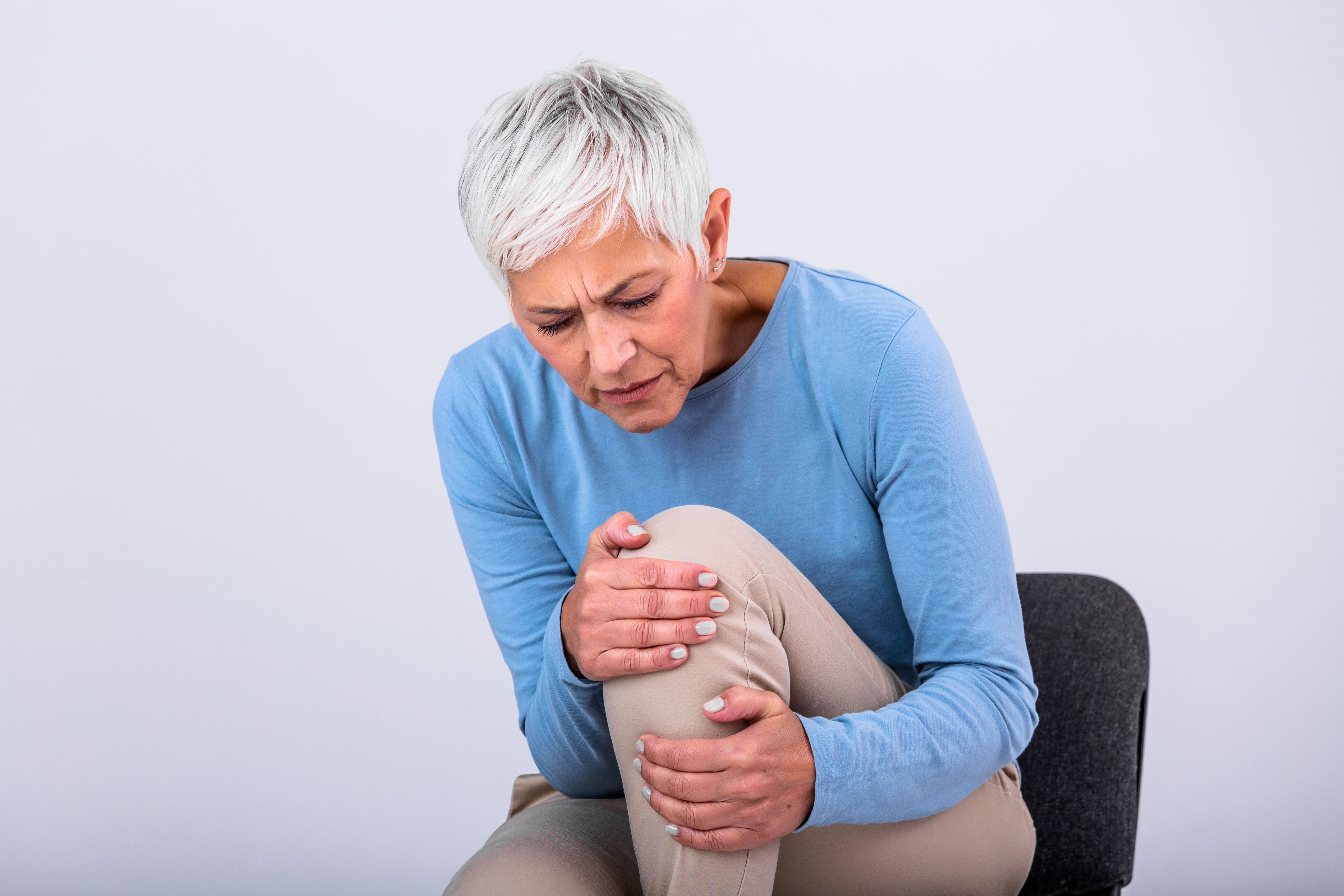Article
Women with PsA Experience Greater Disease Impact Compared with Men
Author(s):
"Sex may play an underlying role in driving the mechanisms of psoriatic arthritis, leading to different clinical manifestations of the disease," investigators theorized.
In patients with similar psoriatic arthritis (PsA) disease activity and treatment, women reported greater disease impact when compared with men. These results should be considered for therapeutic management of the condition, according to a study published in The Journal of Rheumatology.1

“Sex may play an underlying role in driving the mechanisms of PsA, leading to different clinical manifestations of the disease,” investigators explained. “For example, men are more affected by the axial disease, whilst women suffer more from peripheral polyarticular disease. Women with PsA may also experience greater disability and impact on their quality of life (QoL) than men. However, there is limited research available on these differences in a real-world setting.”
A cross-sectional survey (Adelphi PsA Disease Specific Programme™ [DSP]) of rheumatologists and dermatologists, as well as their patients with PsA, was conducted in France, Italy, Spain, Germany, the United Kingdom, and the United States of America between June and August 2018. Eligible patients had a physician-confirmed diagnosis of PsA. Demographic information, treatment use, and clinical characteristic data (as analyzed via the 66 Tender Joint Count [TJC], 68 Swollen Joint Count [SJC], Body Surface Area [BSA]) were collected. EuroQoL 5-Dimension questionnaire (EQ-5D) and Psoriatic Arthritis Impact of Disease (PsAID12) assessed QoL. Disability was determined using the Health Assessment Questionnaire Disability Index (HAQ-DI) and work productivity was evaluated using the Work Productivity and Impairment Index (WPAI). Patients were invited to complete a self-reported questionnaire which collected patient-reported outcome measures. Outcomes were compared between the sexes using both parametric and non-parametric tests.
In total, 2270 patients completed the survey (USA, n = 595; Spain, n = 369; Italy, n = 360; Germany, n = 360; UK, n = 309; France; n = 277). The mean age was 48.6 years, mean disease duration was 4.9 years, 46.1% (n = 1047) were women, and 90.4% were White. Disease duration, disease presentation, and the use of biologics (54.2%) were comparable between both groups.
Women experienced greater disability (HAQ-DI: 0.56 ±0.60 vs 0.41 ±0.52, p <0.01) and work activity impairment (WPAI: 27.9% ±22.0 vs 24.6% ±22.4, p <0.01) and had worse QoL (EQ-5D: 0.80 ±0.18 vs 0.82 ±0.17, p=0.02) when compared with men. PsAID12 scores indicated women also experienced a greater impact of disease when compared with men (2.66 vs 2.27, respectively, p < 0.01) and both fatigue and pain were greater in women (p < 0.01). However, women reported a lower burden of comorbidities (Charlson: 1.10 ±0.51 vs 1.15 ±0.58, p <0.01).
Although the survey resulted in a geographically diverse sample, patients who saw their physicians on a more frequent basis may have been overrepresented in the sample. Additionally, self-reported patient questionnaires were completed on a voluntary basis, so information on patient-reported outcomes were based solely on patients who agreed to participate in the survey. Although recall bias is a general limitation of surveys, data was collected at the time of clinic visit, thus limiting this risk. Further, fibromyalgia data was not collected using a validated score and the prevalence of this condition (2.1%) was much lower than other studies have reported. Factors such as anxiety, joint erosion, and sleep disturbance could be evaluated in future studies.
“Despite women and men having similar levels of physician-assessed disease activity and receiving similar treatment regimens, women reported a reduced QoL and greater levels of disability and work impairment than men, while experiencing a lower comorbidity burden,” investigators concluded. “Further research is needed to explore the additional burden experienced by women with PsA, and whether alternative treatment regimens would alleviate some of these differences.”
Reference:
Gossec L, Walsh JA, Michaud K, et al. Women with Psoriatic Arthritis Experience Higher Disease Burden than Men: Findings from a Real-World Survey in the USA and Europe [published online ahead of print, 2022 Aug 15]. J Rheumatol. 2022;jrheum.220154. doi:10.3899/jrheum.220154




